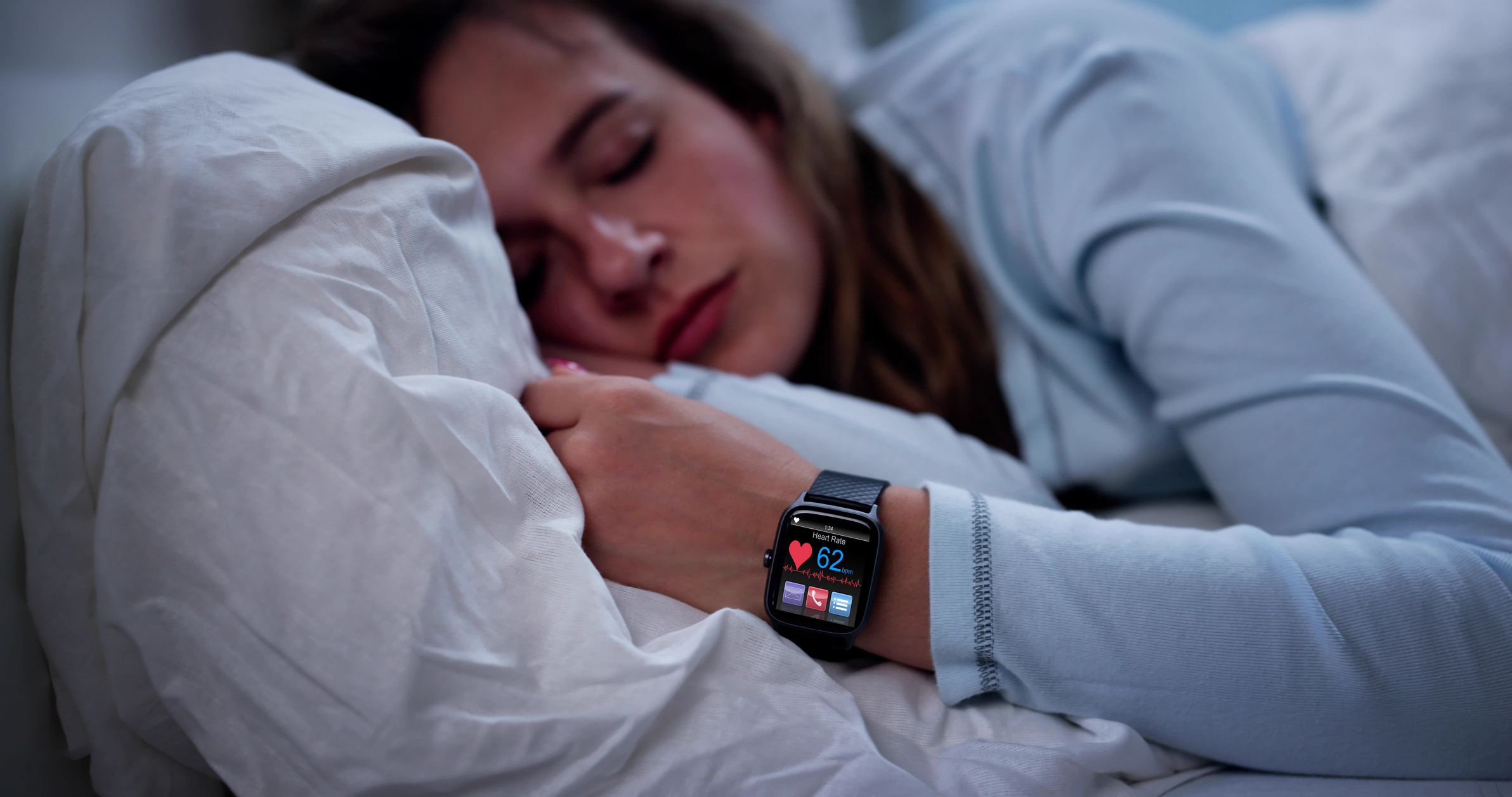Future Clinical Applications of Wearable Technology
Photo Cred: Nan_Got/Shutterstock
By Avery St. Onge
Right now, doctors are drawing large amounts of blood with a needle that hurts, making relatively few measurements from that blood, and then treating patients based on population averages, but according to Michael Snyder, PhD, every one of those steps can be improved.
Instead of analyzing patient data based on population averages, Snyder, chair of the Department of Genetics and director for the Center for Genomics and Personalized Medicine at Stanford University, believes patients’ test results should be compared to their previous baseline measurements.
“Know what your healthy baseline is, and you can detect illness when you shift away from that,” Snyder said during his session on deep data technologies and remote monitoring at the Institute for Functional Medicine (IFM) Annual International Conference (AIC) in Orlando, Florida.
Snyder explained that health is a product of genome and exposome; DNA influences it, as well as lifestyle and environmental factors. These factors have been difficult to measure in the past, but today precision tests like genome sequencing combined with wearable technology make them quantifiable.
In his presentation, Snyder argued that deep data technologies and remote monitoring have the potential to transform healthcare, helping doctors detect risk factors for diseases and early signs of illness. In doing so, these technologies provide more opportunities to stop infections from worsening or prevent them altogether with early interventions.
According to Snyder, the three leading deep data technologies are DNA sequencing, mass spectrometry, and wearables. These tests allow for longitudinal personal omics profiling, which involves countless measurements through saliva, urine, blood, stool, patient questionnaires, and data from wearables.
In a study involving 109 individuals, Snyder and a team of researchers are using these tests to determine what a healthy profile looks like, how it changes over time, and how profiles differ from patient to patient. Then, perhaps most importantly, the study explores how tests like genome sequencing and deep molecular profiling can be used to monitor patient health.
“We basically sample them every few months while they’re healthy, and then when a viral infection comes along, we measure that too,” said Snyder.
Within the study group, Snyder and his colleagues have discovered 49 major health discoveries. Together, these tests detected various diseases and risk factors, including 14 new cases of diabetes and seven oncologic risk genes.
In the first 70 people, genome sequencing showed important pathogenic mutations in 12 patients associated with severe conditions such as colon cancer, breast and ovarian cancer, and neuroendocrine tumors.
In addition to genetic risk factors, Snyder and his team were able to observe how different bodies react to various diseases and predict how conditions change over time. They even detected more biomarkers for aging and determined the participants’ “aging types,” which Snyder listed as kidney, liver, metabolic, and immune.
“We think of aging like a car,” he explained. “When a car gets older, some parts wear out first, and we can actually measure that.”
In his own experience, through data from his wearable technologies, Snyder diagnosed himself with Lyme disease and COVID-19 before the onset of symptoms. In fact, through heart rate variability data, Snyder’s watch indicated that he had COVID-19 before he tested positive on an antigen test.
“We can also tell when people are getting long COVID because they tend to have a higher heart rate, and then we can even correlate that to what kind of symptoms people will have with long COVID,” said Snyder.
In addition to wearables, Snyder said there’s significant potential for micro-sampling within precision medicine. This involves a small finger prick, similar to a glucose test. The blood sample is then shipped overnight and brought to a lab where they can measure over 2,000 analytes.
Snyder explained that micro-sampling can monitor measurements associated with depression and insulin resistance. And when combined with wearables, scientists can extract far more specific data than previously thought possible.
“What I’d like to see in the future is people getting their genome sequenced before they’re born for genetic risk prevention,” said Snyder. “Then, between biochemical management and personal devices, you would actually be able to better track people’s health, catch disease early, like we’ve done for our cohort, and then monitor treatments.”
Editor’s note: This article is part of our live coverage of the 2023 Institute for Functional Medicine Annual International Conference. Click here for a list of full coverage.
















